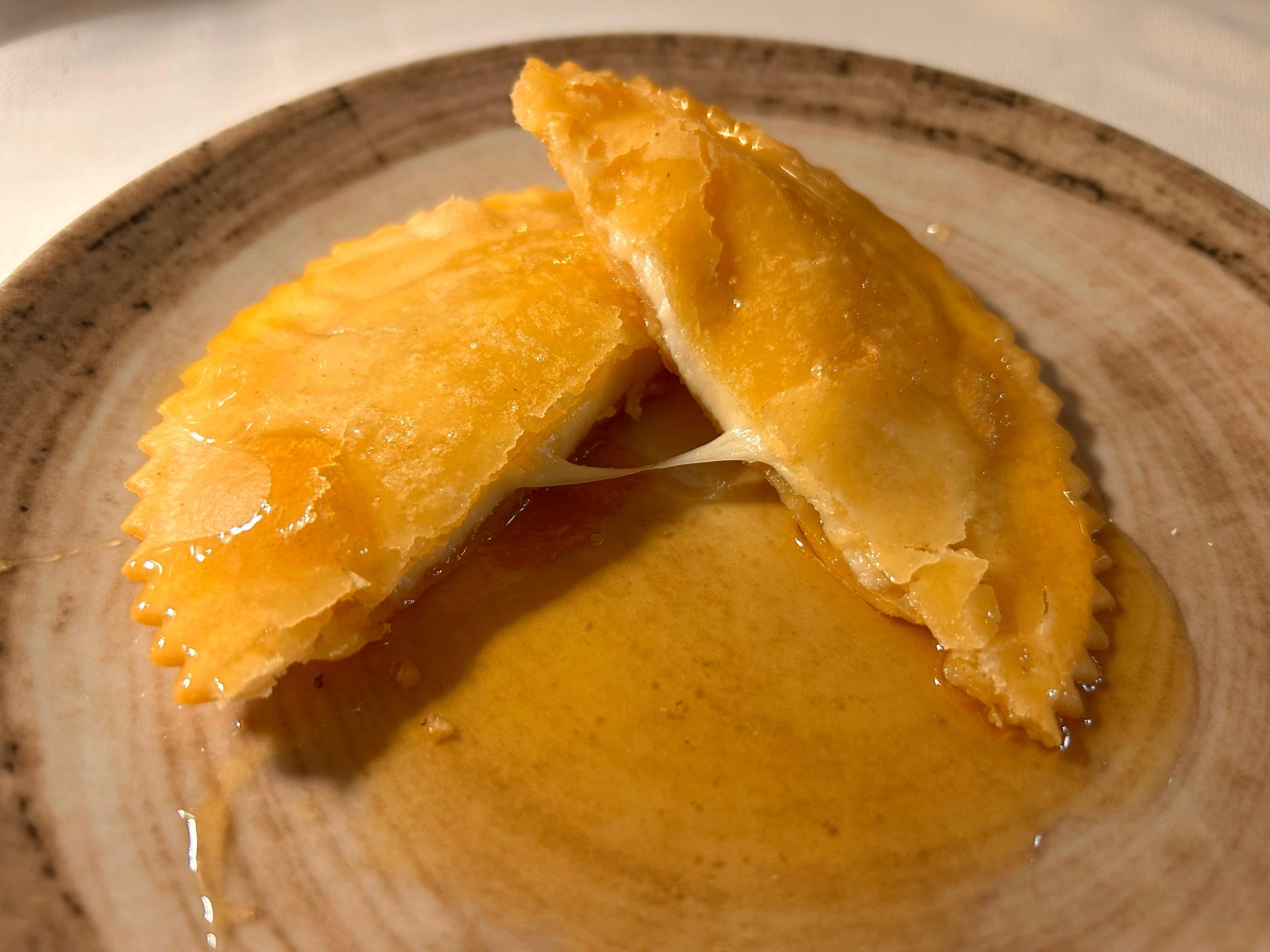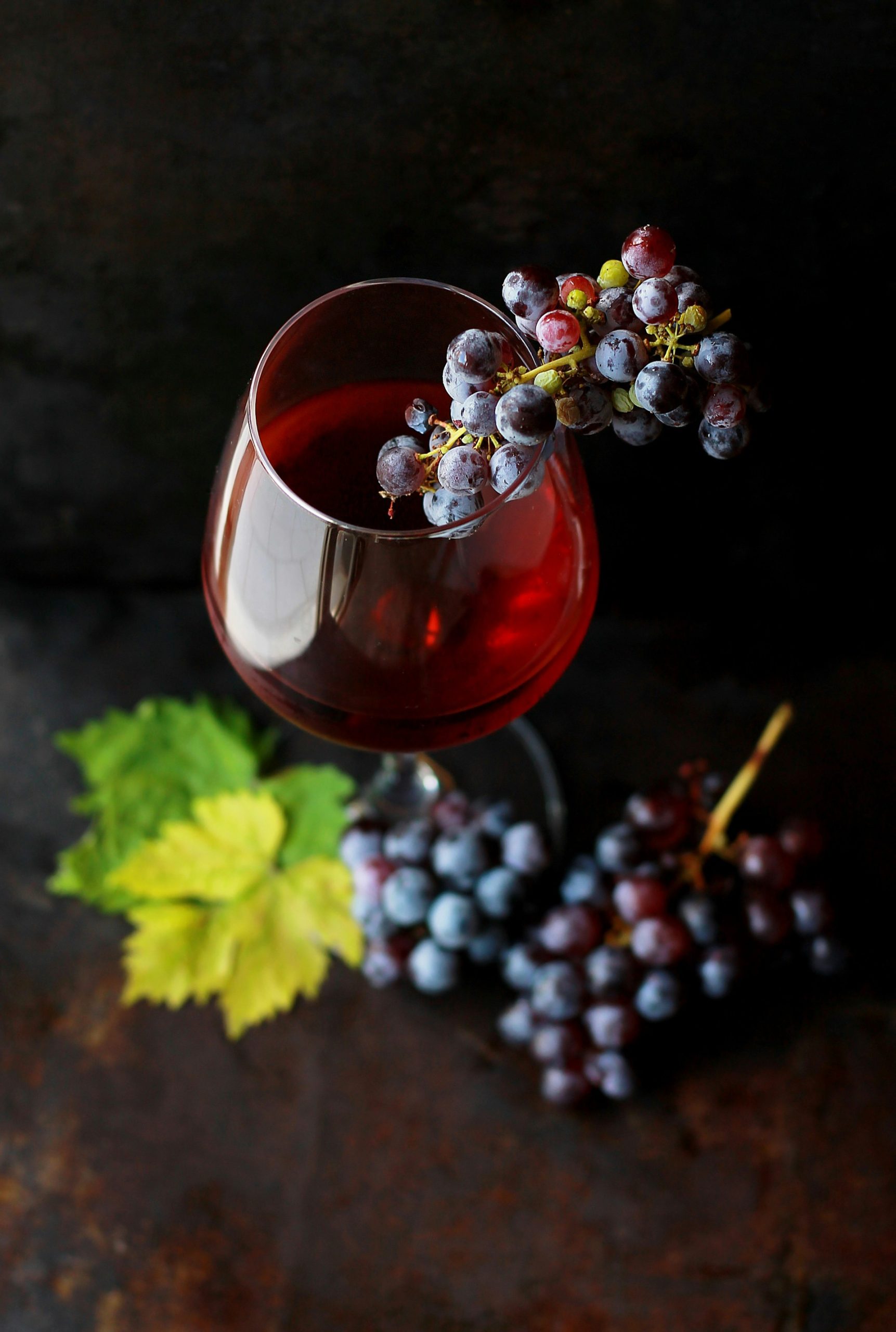Buon appetito! Guide to dining like a local in Italy
Posted on
One of the things visitors like most about Italy is the cuisine. However, here are some guidelines about what can be eaten and when. If you want to be like a local when in Italy, take careful note of the following pointers:
No hot drinks with food
Tea and coffee are never ordered with a meal.
While in the UK, you might enjoy a mug of tea with your fried breakfast, this will never happen in Italy. You are however within your rights to order a tea or coffee at the end of your breakfast, lunch or dinner.
Tea drinkers be warned: whenever you order a tea in Italy, it will be served with lemon and if you wish for milk then you need to order it separately and make sure you ask for cold milk otherwise you may end up with a cappuccino style cup of tea. Italians, like many European countries struggle to understand the charm of a good cuppa!

No cappuccino after 11am
Your non-Italian status will stand out like a sore thumb if you order a long, milky coffee past a certain hour, generally regarded to be 11am.
Cappuccino and caffé latte are generally viewed as breakfast drinks and are considered too milky to be enjoyed immediately before or after lunch. After lunch, order yourself an espresso – and if you insist on adding milk, make it a caffé macchiato: that’s an espresso topped with some frothy milk.

Planning a trip to Italy? Find your dream accommodation here
No salad as a starter
Leafy salads are eaten last in Italy – not as a side dish or starter.
Salads are almost exclusively dressed with olive oil and vinegar and their position in last place is because they are thought to cleanse the palate and aid digestion.

No cheese on your main course
When in Italy, the desire to eat Parmigiano and other famous cheeses on everything possible can be difficult to resist.
The Italians say that the hard cheese’s famous flavour can easily overwhelm certain dishes and its use should be limited to pasta and risotto – but even then, there are other rules…….

No cheese with seafood risotto or pasta
In much the same way you should never put grated cheese on your main course, you must also never add it to risotto or pasta dishes that are made with seafood.
The general thinking is that the strong cheese flavour will overwhelm the delicate taste of the fish. The exception to the rule is pizza – you can find seafood pizzas with the usual generous amounts of melted mozzarella and this is accepted everywhere.
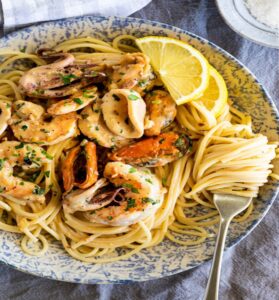
No walking and eating
Eating whilst walking is not the done thing in Italy – the county’s famous slow food culture revolves around sociable sit-down meals.
Even snacks, sandwiches and street food are not eaten on the go – although they can be eaten standing up if a convenient sitting spot can’t be found.
There is one notable exception: ice-cream (gelato). One of the most enjoyable (and socially acceptable) ways to eat Italy’s famous ice-cream is during your evening stroll.

Planning a trip to Italy? Find your dream accommodation here
No colourful foods when ill
Every culture has its own ideas about what to eat when ill.
Italians opt for eating “in bianco”, a practice which involves eating bowls of sauce-less spaghetti and white rice.
The idea is that these foods are less challenging for the body to digest. Without taxing your digestion you will have the energy needed to fight off what’s ailing you.
If you want some flavour you can season the dish with olive oil and mercifully, the rules even allow some Parmesan.
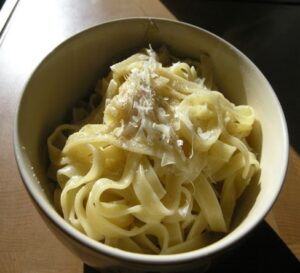
Bread is not for dipping!
A basket of bread will usually be placed on your table before your first course arrives. What you won’t see is a bread plate or any olive oil for dipping—it’s simply not the practice here.
Hungry diners may snack on a piece of plain bread before the antipasti is served but the purpose of the bread is as a vehicle with which to wipe the last of that scrumptious sauce off your plate.
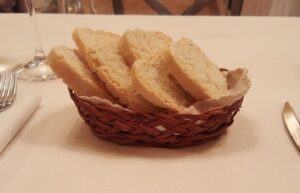
No underhanded pouring.
The person to your right has an empty wine glass. The bottle just happens to be in your right hand. You want to be polite, so you turn your hand under to refill the glass. Whatever you do, resist the instinct to pour underhanded, no matter how much less awkward it is than switching hands. The reason? Underhanded pouring is the mark of a traitor and an Italian will probably refuse the underhanded wine anyway so just switch hands.

Planning a trip to Italy? Find your dream accommodation here
